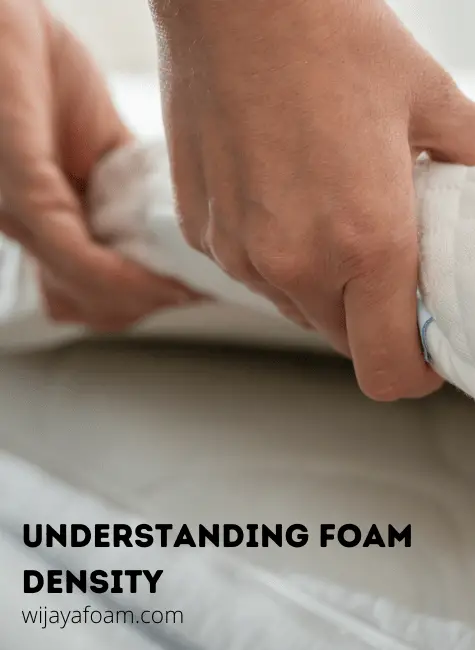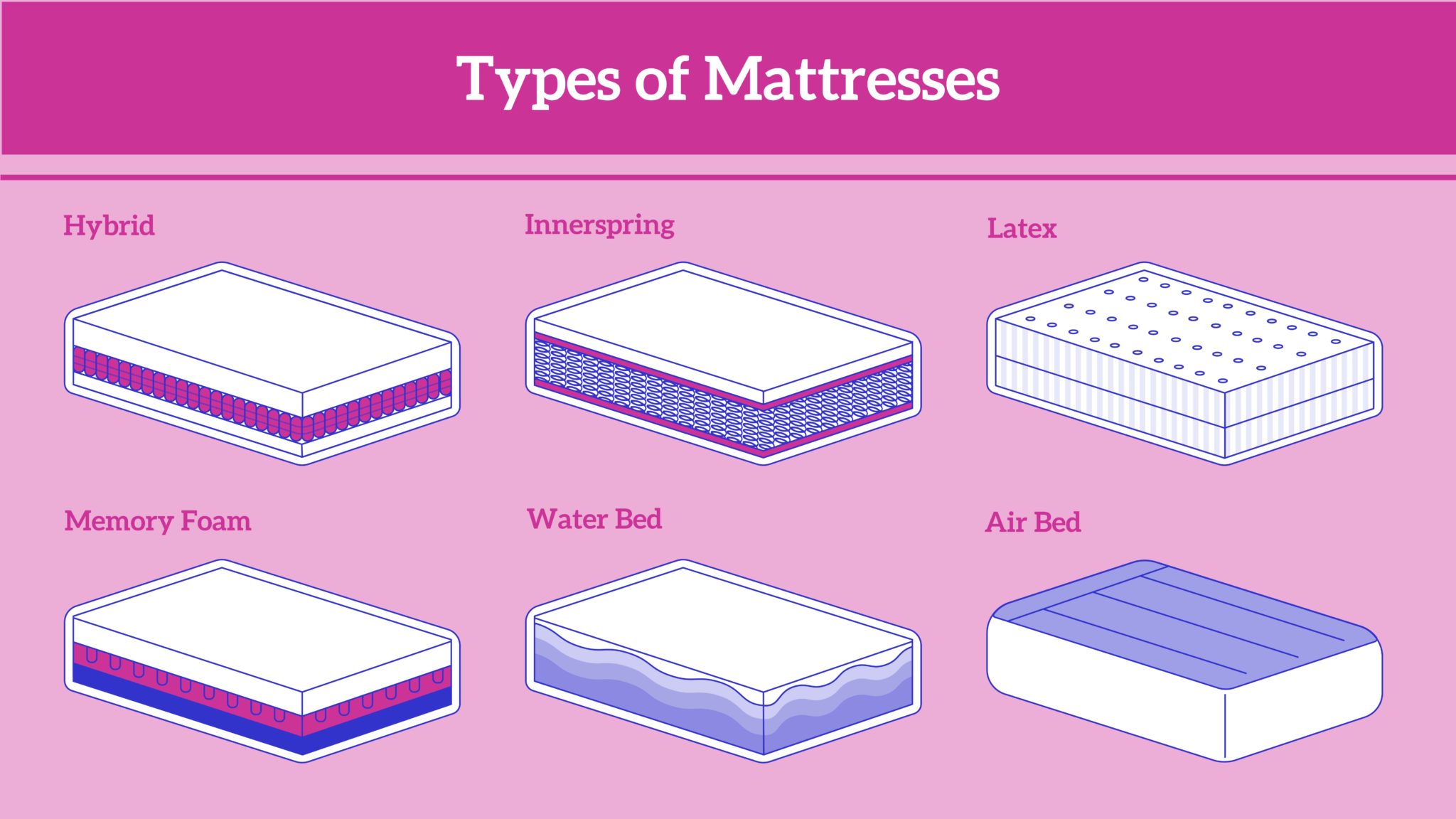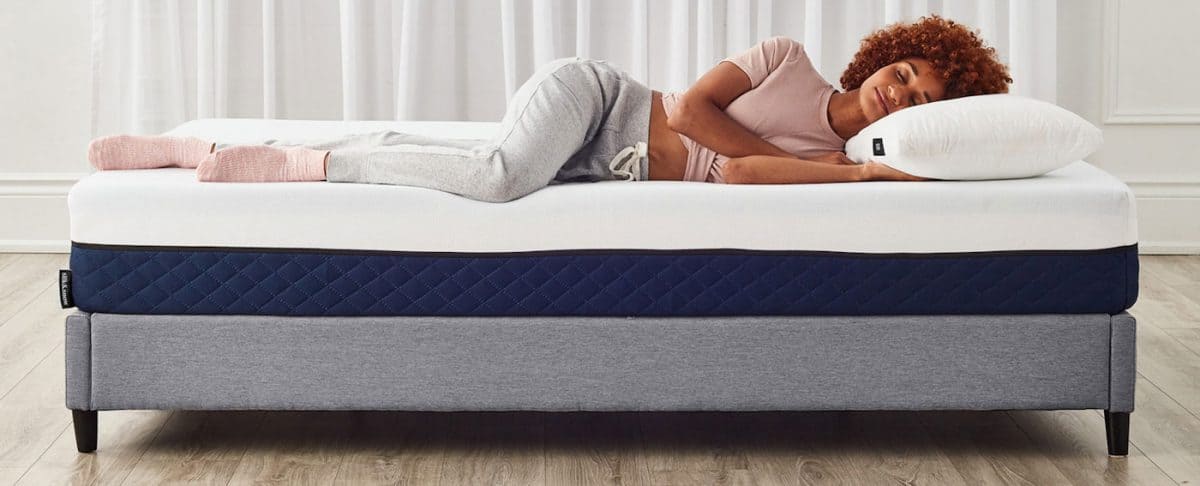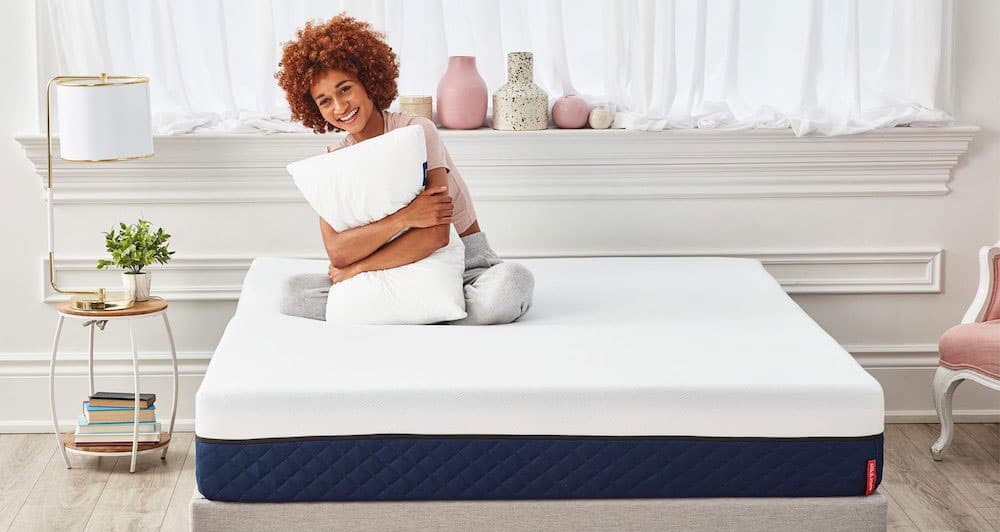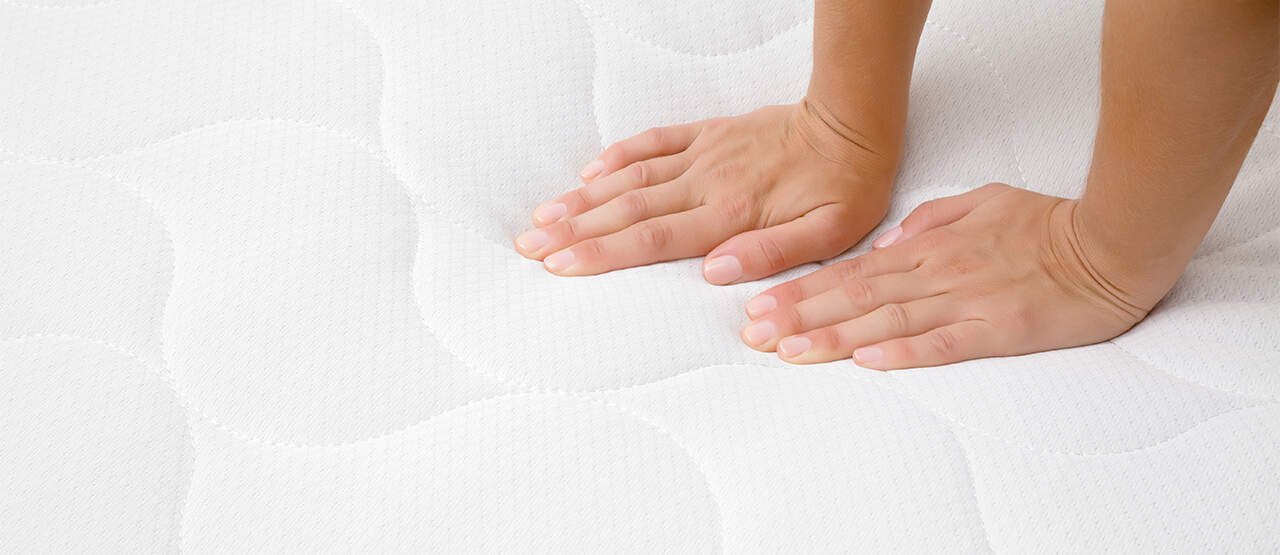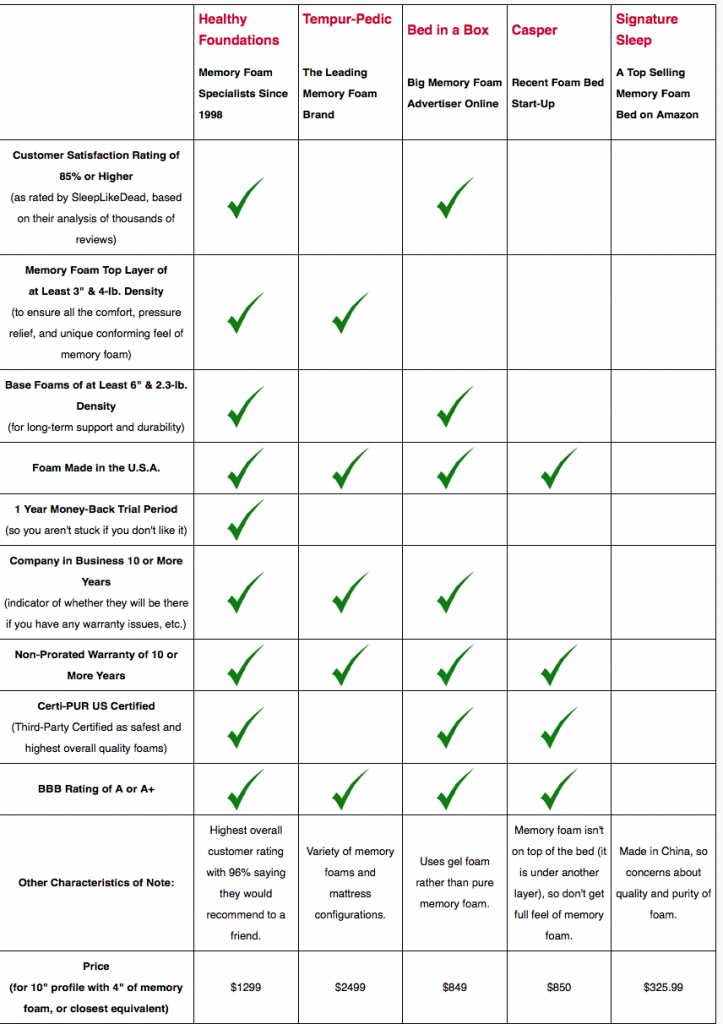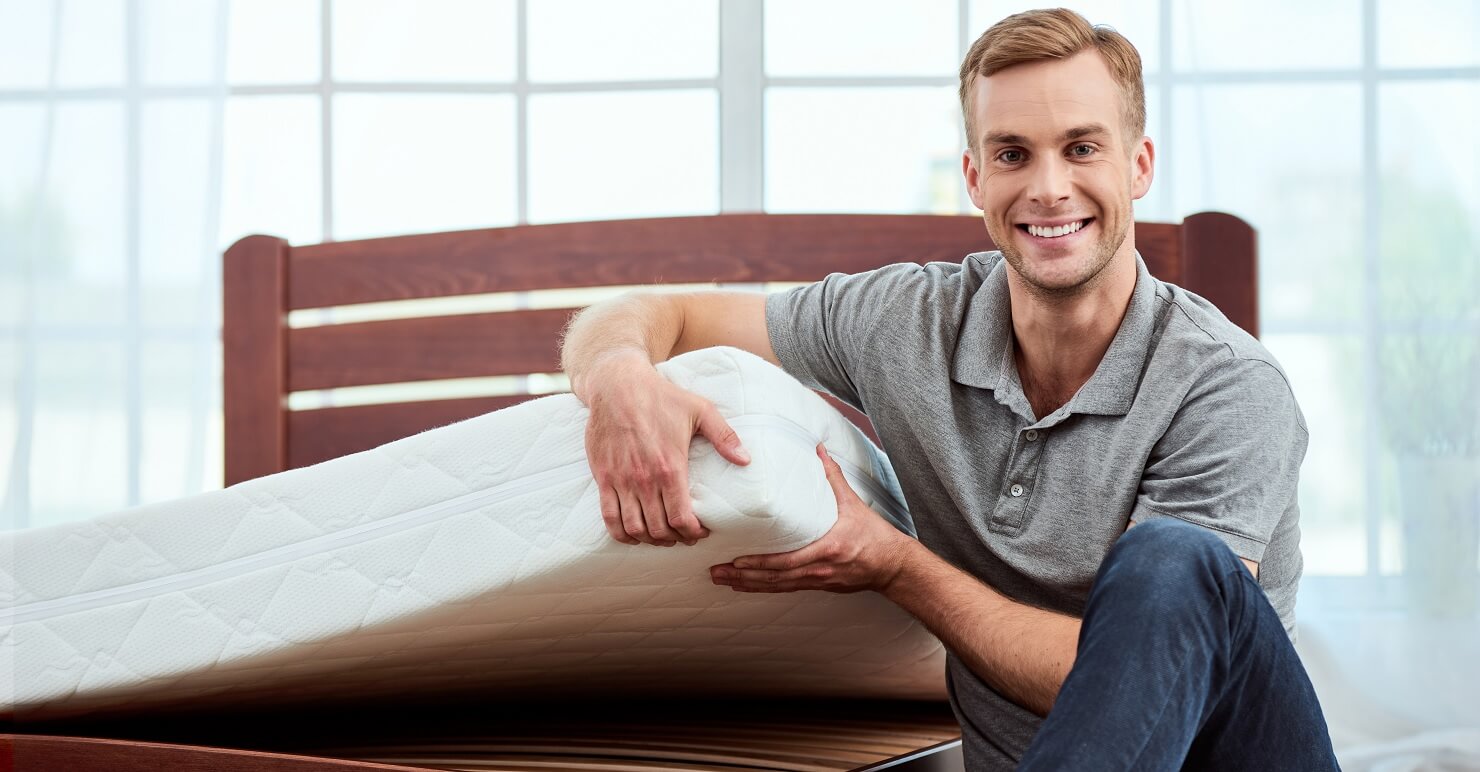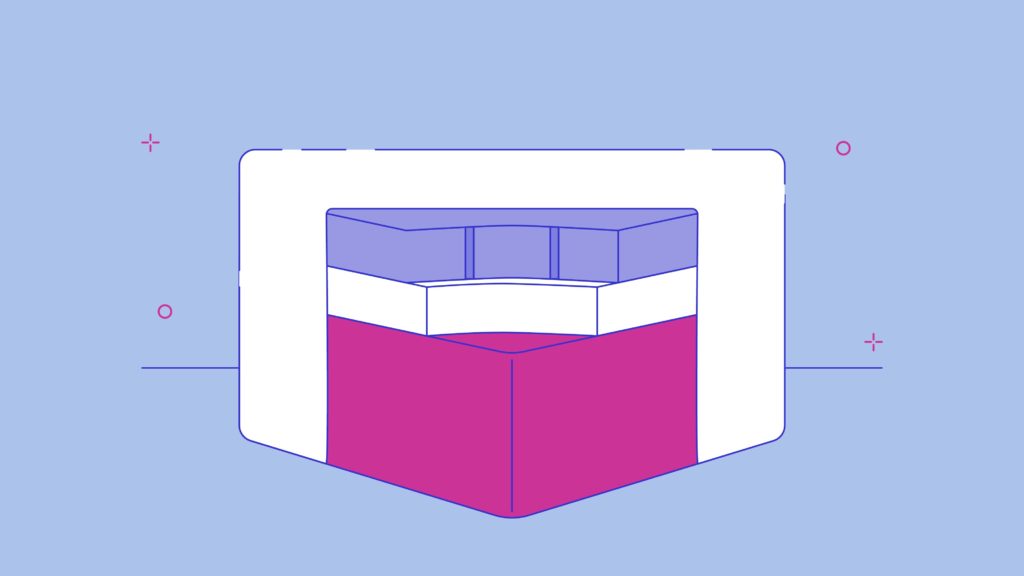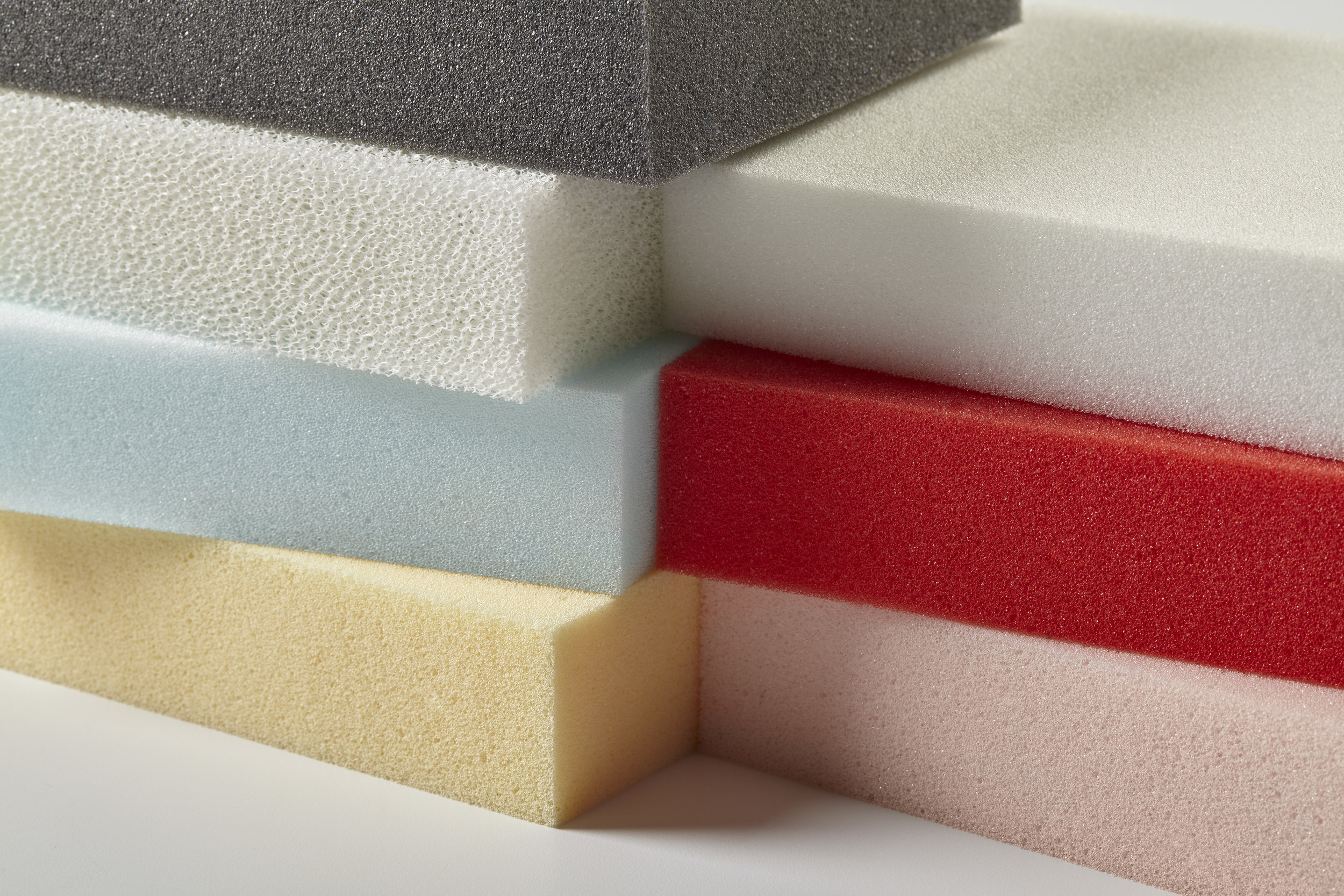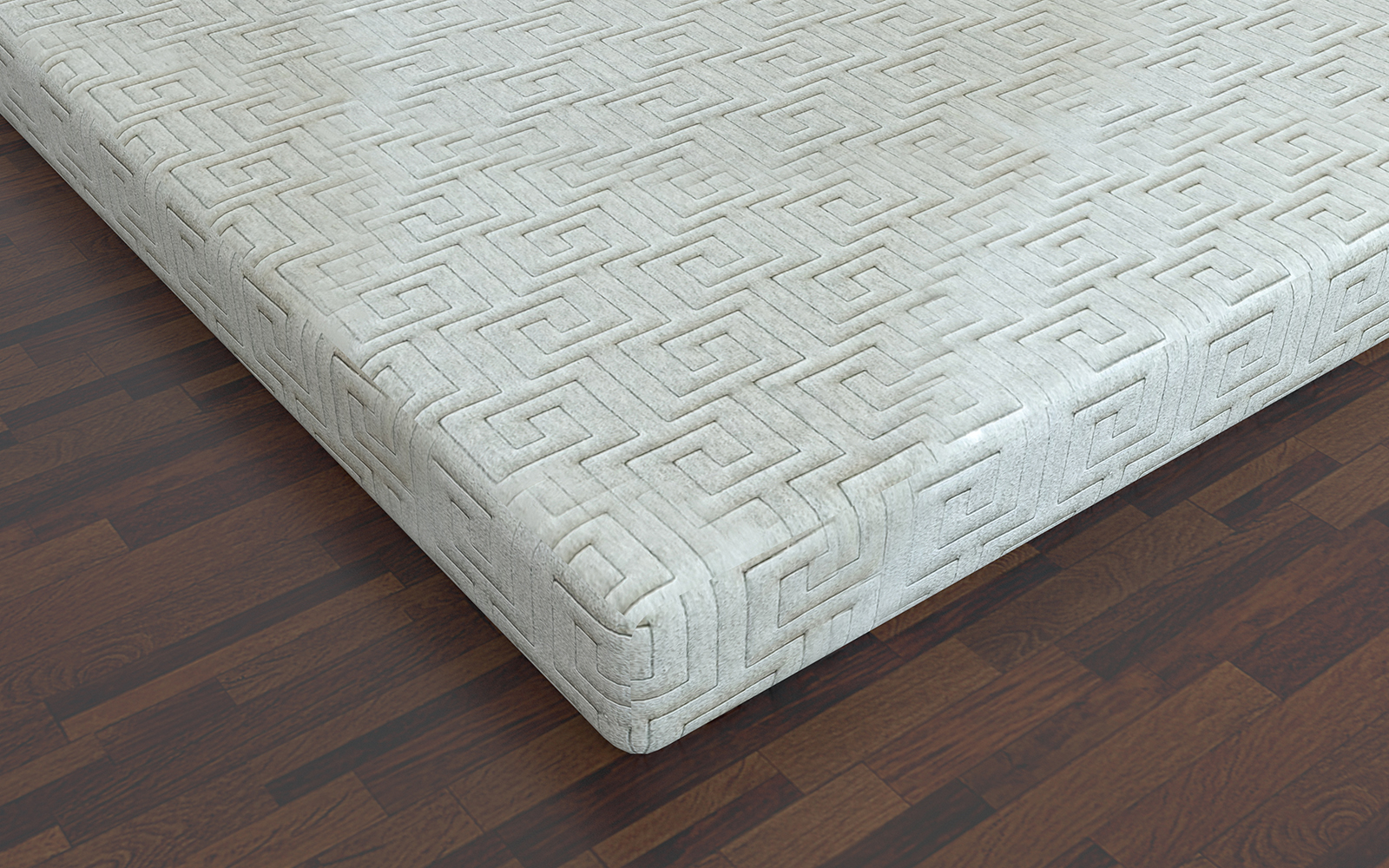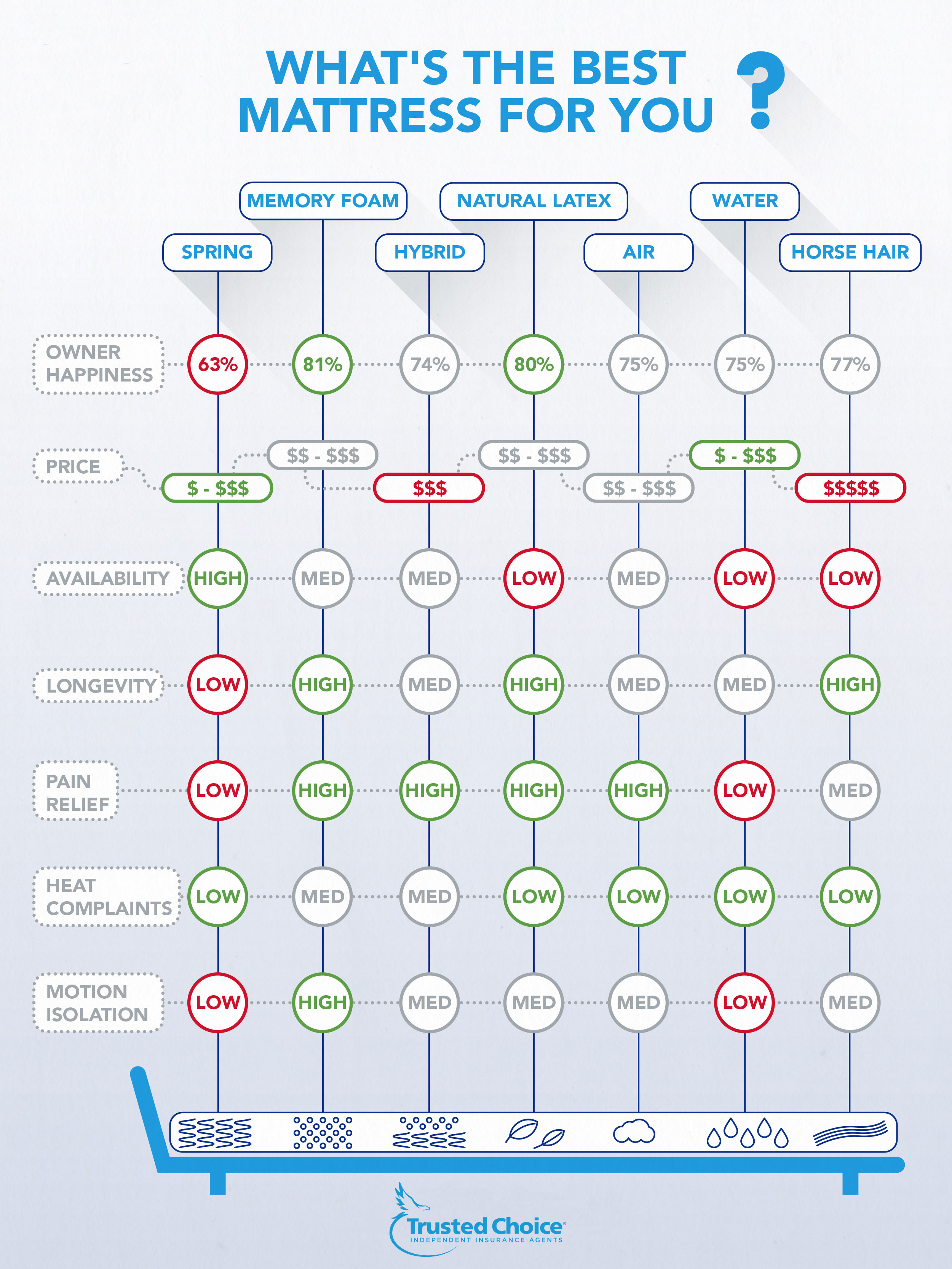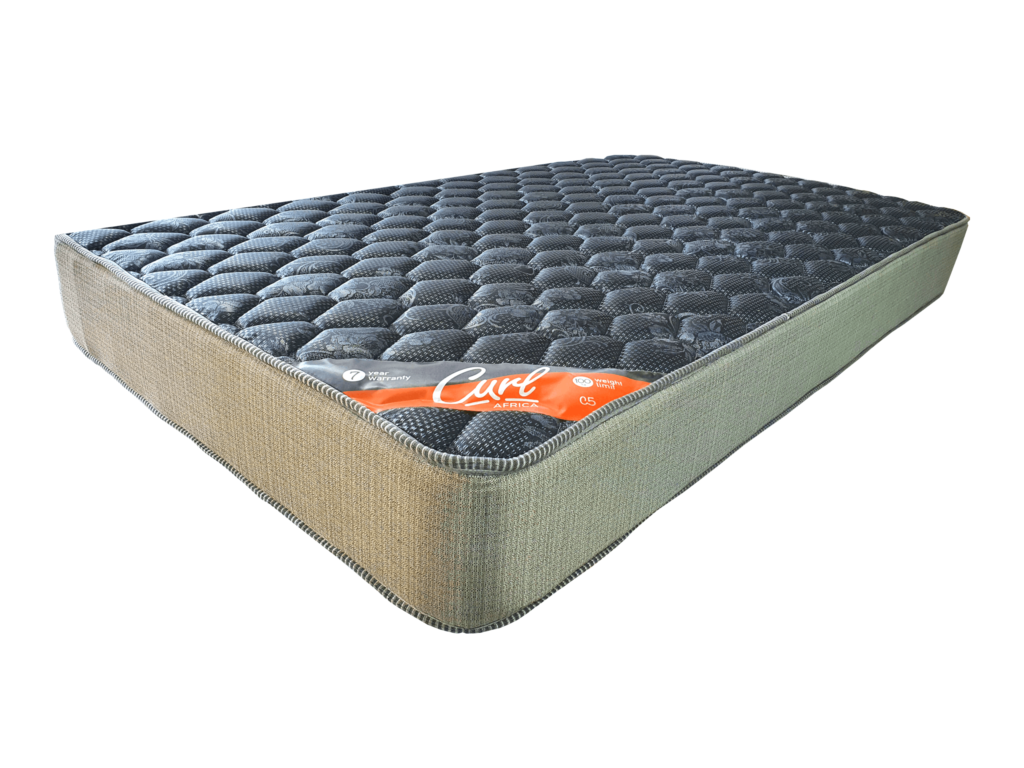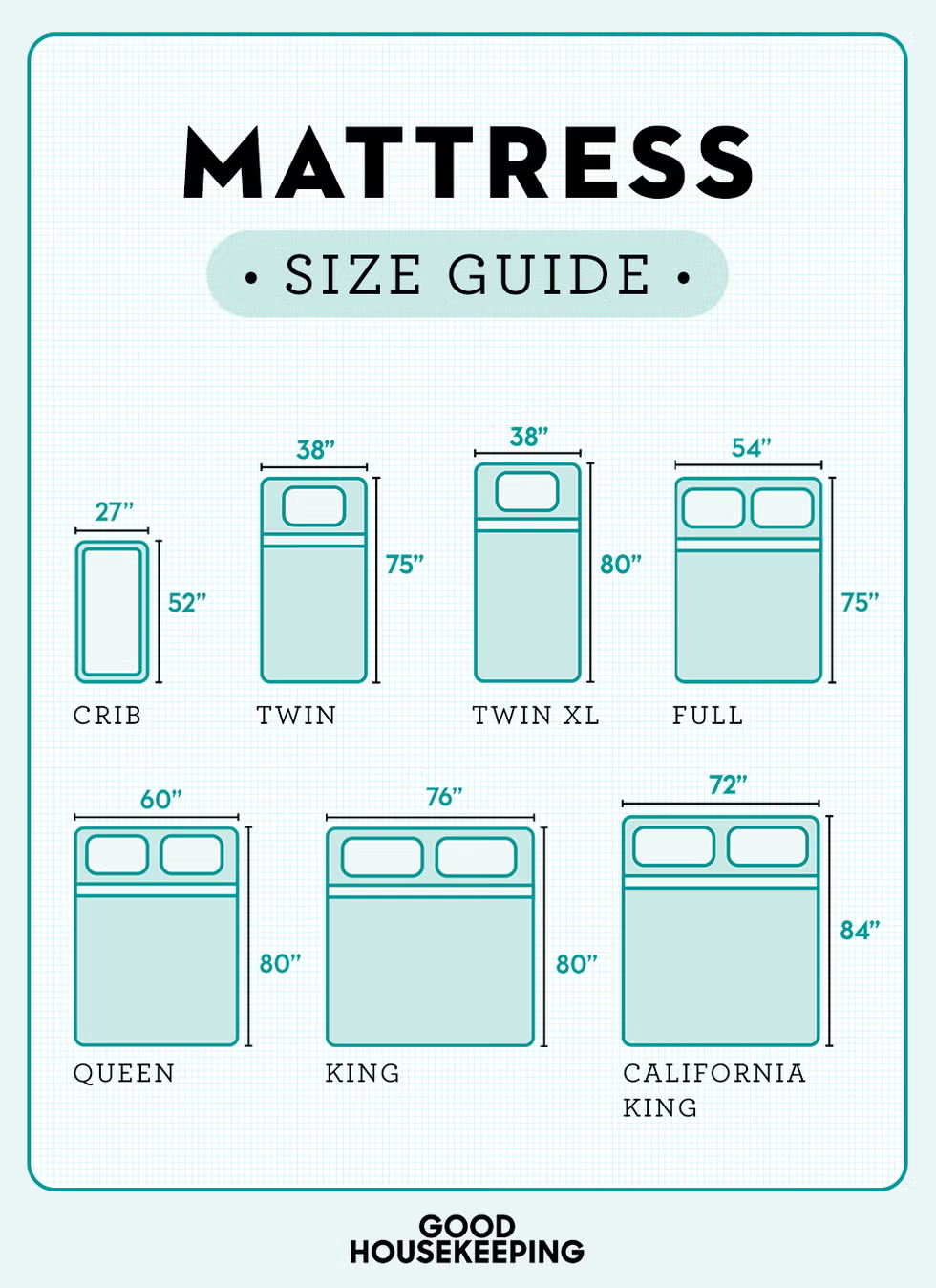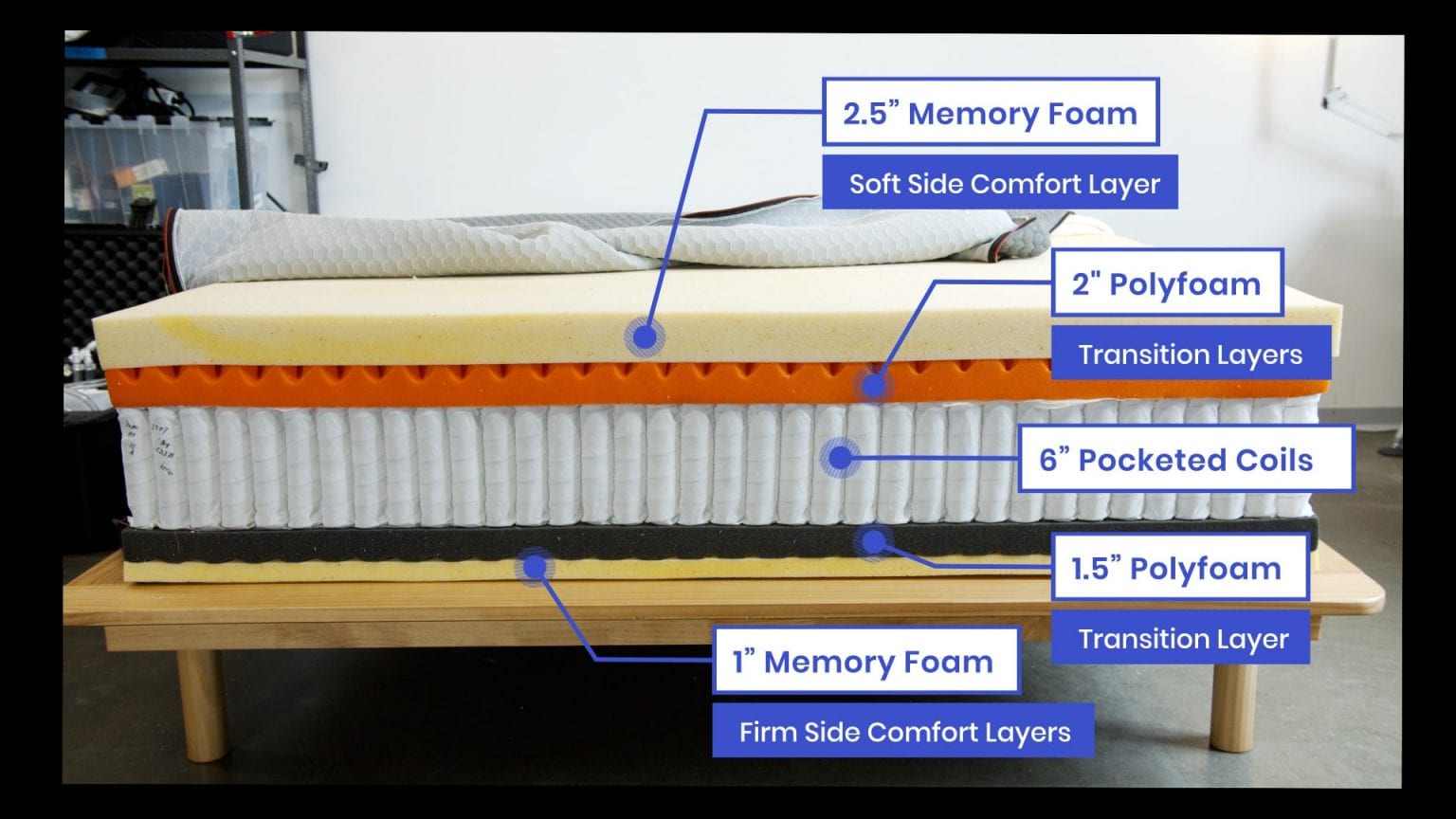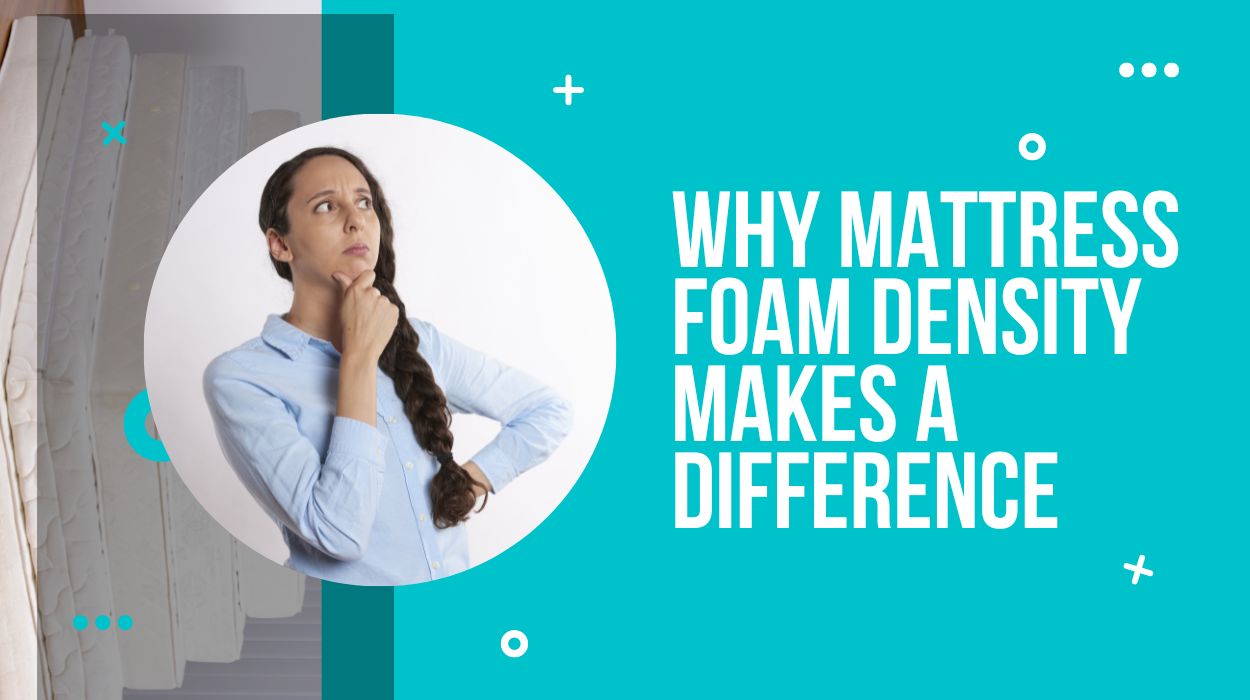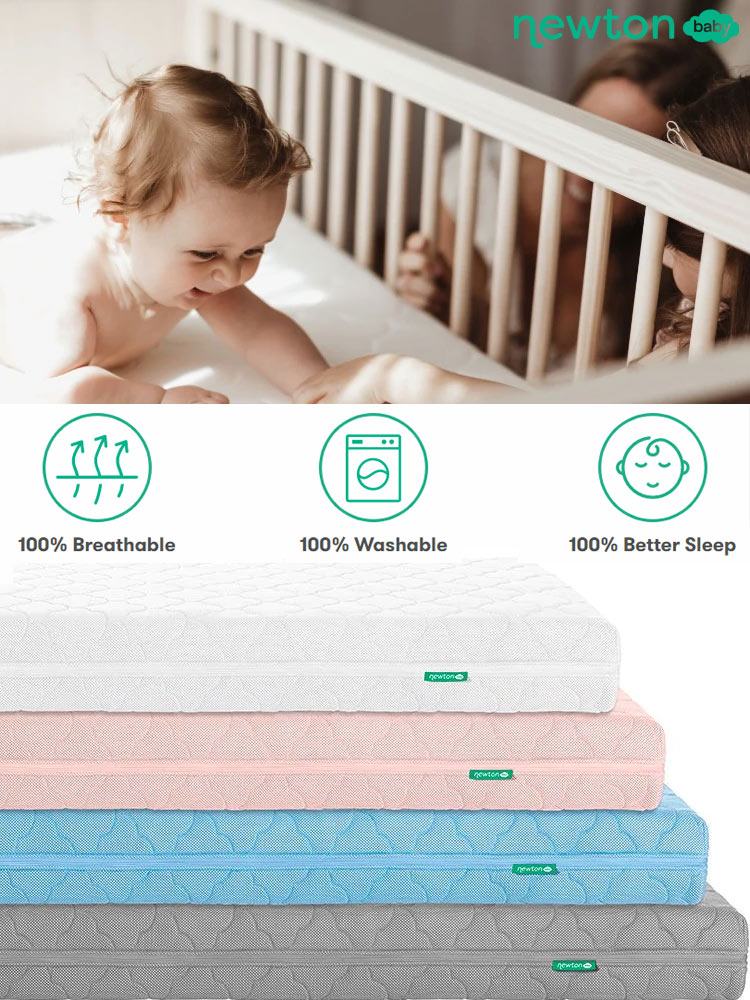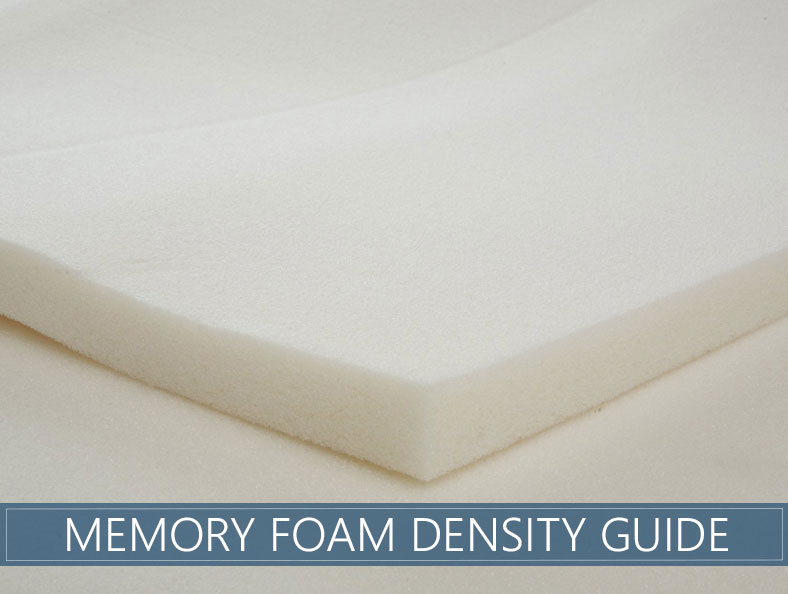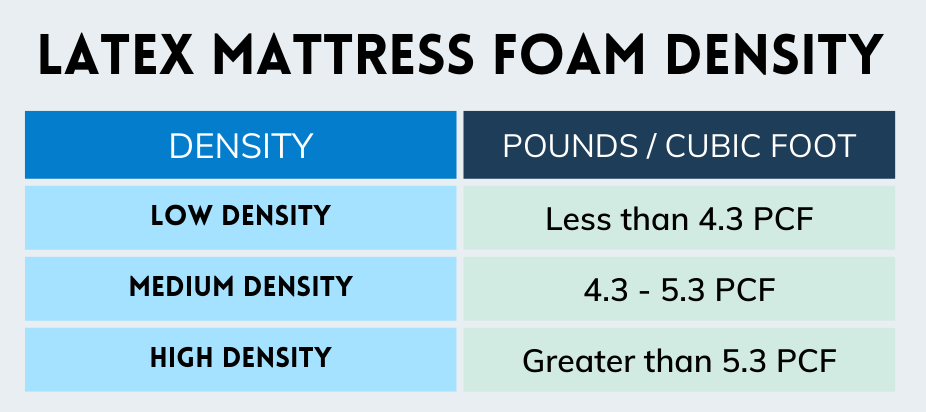When it comes to buying a new mattress, there are many factors to consider, such as size, firmness, and material. However, one important aspect that often goes overlooked is the foam density of the mattress. Foam density refers to the weight of the foam per cubic foot, and it plays a crucial role in the overall comfort and durability of a mattress. In this article, we will take a closer look at the mattress foam density chart and how it can help you make an informed decision when purchasing a new mattress.Mattress Foam Density Chart
If you have ever shopped for a mattress before, you might have come across a foam density chart. This chart usually includes a range of numbers and descriptors, such as low, medium, and high-density foam. But what do these numbers and descriptions mean? And how do they affect the quality of your mattress? First and foremost, it is essential to understand that foam density is not the same as foam firmness. Firmness refers to how hard or soft the foam feels, while density refers to the weight and quality of the foam. Generally, the higher the density, the more durable and supportive the foam will be. However, this also means that higher density foams are often more expensive.Foam Density Chart for Mattresses
Now that we know the basics of foam density let's dive deeper into understanding what each density level means for your mattress. The standard range of foam density for mattresses is between 1.5 to 8 pounds per cubic foot. Here is a breakdown of what each density level entails: Low-density foam: This type of foam is usually between 1.5 to 2.5 pounds per cubic foot. It is the least dense and the least expensive option in the market. Low-density foam is often used in the comfort layers of mattresses to provide a soft and cushiony feel. However, it is not as durable as higher density foams and may break down faster, especially with regular use. Medium-density foam: With a range of 2.5 to 5 pounds per cubic foot, medium-density foam is the most commonly used type of foam in mattresses. It strikes a balance between comfort and durability, making it a popular choice among buyers. Medium-density foam provides good support and can last for several years without losing its shape or support. High-density foam: As the name suggests, high-density foam is the densest and heaviest type of foam, with a range of 5 to 8 pounds per cubic foot. This foam is the most supportive and durable of all and is often used in the base or core layers of mattresses. It can provide excellent pressure relief and is more resistant to wear and tear. However, high-density foam mattresses tend to be more expensive.Understanding Mattress Foam Density
Now that you have a better understanding of foam density, it's time to figure out which density level is best for your needs. Here is a quick guide to help you make an informed decision: If you prefer a soft and plush feel: Low-density foam mattresses are the way to go. They provide a comfortable and cozy feel, perfect for those who love to sink into their bed. However, keep in mind that these mattresses may not be as durable and may need to be replaced sooner. If you need a balance of comfort and support: Medium-density foam mattresses are a great choice. They offer a good mix of cushioning and durability, making them suitable for most sleepers. Plus, they are more budget-friendly compared to high-density foam mattresses. If you require extra support and durability: High-density foam mattresses are the best option for those who need a firmer and more supportive bed. They can provide excellent pressure relief and are ideal for people with back or joint pain. However, be prepared to spend more on these mattresses.Foam Density Guide for Mattresses
When shopping for a new mattress, keep in mind that foam density is just one aspect to consider. You should also take into account your sleeping position, body weight, and any specific needs or preferences you may have. For instance, side sleepers may benefit from a softer mattress, while back or stomach sleepers may prefer a firmer one. Your body weight can also play a role in the level of support you need from your mattress. Additionally, the type of foam used in the mattress can also affect its overall comfort and support. Memory foam, latex foam, and polyurethane foam are the most commonly used types of foam in mattresses, and each has its unique properties. It's essential to research and test out different types of foam to find the one that suits you best.Choosing the Right Foam Density for Your Mattress
If you're still unsure about which foam density is right for you, here is a comparison chart to help you visualize the differences between the three levels:Mattress Foam Density Comparison Chart
Now that you have a better understanding of foam density and its importance in a mattress, let's talk about how to read a foam density chart. The first thing to look for is the density level, which is usually indicated in pounds per cubic foot. Next, pay attention to the type of foam used in the mattress, as different types may have different density ranges. Finally, make sure to check the firmness and support levels of the mattress, as these can also vary between different foam densities.How to Read a Mattress Foam Density Chart
As you browse through different mattresses, you may come across foam density ratings such as ILD (indentation load deflection) or IFD (indentation force deflection). These ratings are used to measure the firmness of the foam and are often included in the foam density chart. For instance, a low-density foam with an ILD rating of 10 may feel softer than a medium-density foam with an ILD rating of 30. It's essential to understand these ratings and how they correspond to the foam density to make an informed decision.Mattress Foam Density Ratings Explained
There is no one-size-fits-all answer to this question, as the ideal foam density will vary depending on your personal preferences and needs. However, as a general rule of thumb, most people tend to find medium-density foam mattresses to be the most comfortable and supportive. They offer a good balance between comfort, support, and durability without breaking the bank.What is the Ideal Foam Density for a Mattress?
In conclusion, foam density is an essential factor to consider when buying a new mattress. It can greatly impact the comfort, support, and durability of your bed, making it crucial to understand the foam density chart and what it means. By considering your sleeping preferences, body weight, and budget, you can choose the right foam density for your mattress and enjoy a good night's sleep for years to come.Mattress Foam Density Chart: A Complete Guide
The Importance of Choosing the Right Mattress Foam Density for Your House Design
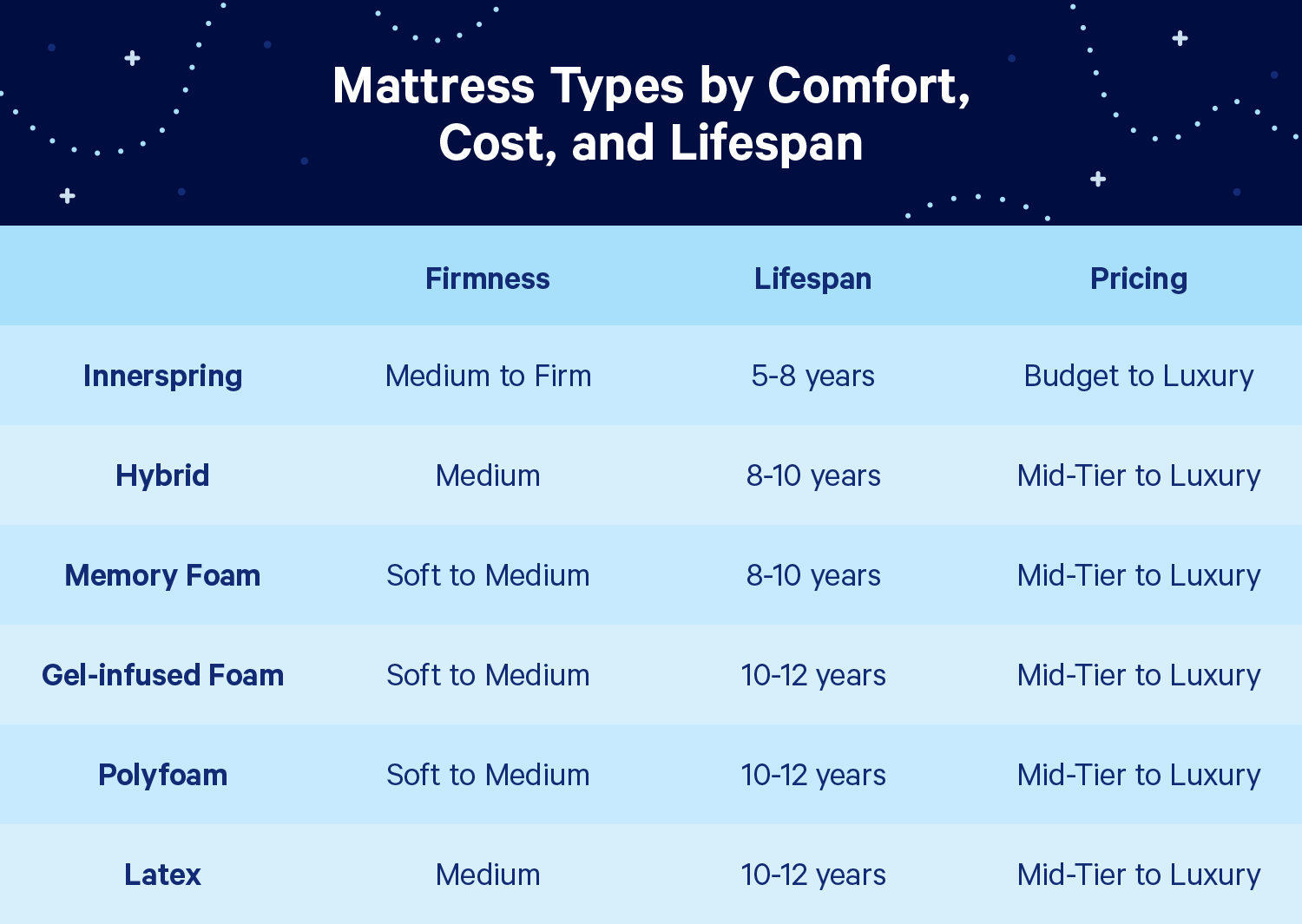
The Role of Mattress Foam Density in House Design
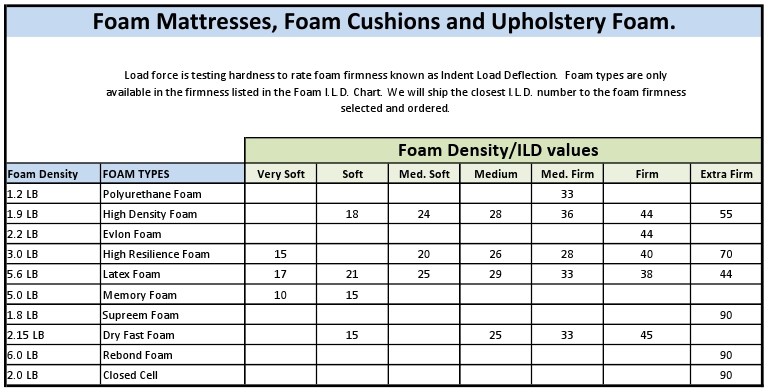 When designing your dream home, you may spend countless hours choosing the perfect furniture, flooring, and paint colors. However, one often overlooked aspect of house design is the
quality of your mattress
. The
density of the foam
in your mattress can greatly impact both the comfort and support of your bed, ultimately affecting your overall sleep quality and well-being.
When designing your dream home, you may spend countless hours choosing the perfect furniture, flooring, and paint colors. However, one often overlooked aspect of house design is the
quality of your mattress
. The
density of the foam
in your mattress can greatly impact both the comfort and support of your bed, ultimately affecting your overall sleep quality and well-being.
Understanding Mattress Foam Density
.PNG) Mattress foam density refers to the weight of the foam in a cubic foot of space. It is measured in pounds per cubic foot (PCF) and ranges from 1.5 PCF to 8 PCF. The higher the foam density, the more supportive and durable the mattress will be. Lower density foams are typically softer and less supportive, making them better suited for occasional use, such as in guest rooms.
Mattress foam density refers to the weight of the foam in a cubic foot of space. It is measured in pounds per cubic foot (PCF) and ranges from 1.5 PCF to 8 PCF. The higher the foam density, the more supportive and durable the mattress will be. Lower density foams are typically softer and less supportive, making them better suited for occasional use, such as in guest rooms.
Choosing the Right Density for Your Needs
 The ideal mattress foam density for your house design will depend on your personal preferences and needs. Those who prefer a firmer mattress and need more support, such as people with back pain, may benefit from a density of 4 or 5 PCF. On the other hand, those who prefer a softer bed may opt for a density of 2 or 3 PCF. It is important to keep in mind that higher density foams may come at a higher cost, but they also tend to have a longer lifespan.
The ideal mattress foam density for your house design will depend on your personal preferences and needs. Those who prefer a firmer mattress and need more support, such as people with back pain, may benefit from a density of 4 or 5 PCF. On the other hand, those who prefer a softer bed may opt for a density of 2 or 3 PCF. It is important to keep in mind that higher density foams may come at a higher cost, but they also tend to have a longer lifespan.
The Impact on Sleep Quality and Health
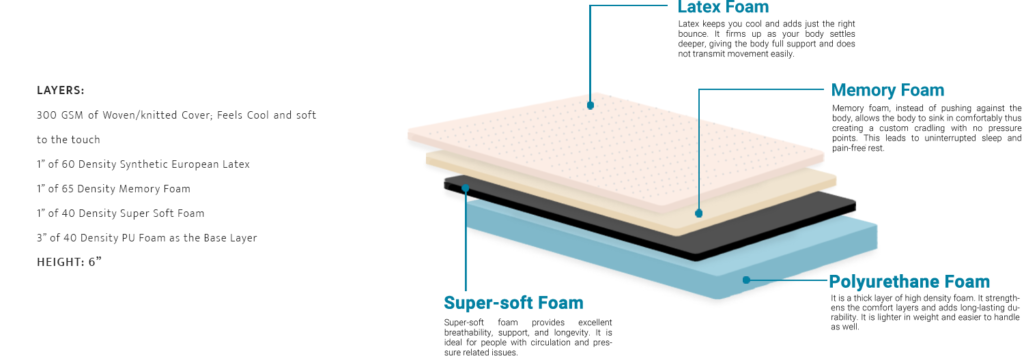 The density of your mattress foam not only affects the comfort and support of your bed, but it can also have a significant impact on your overall sleep quality and health. A mattress with the right density can promote proper spinal alignment, relieve pressure points, and reduce the risk of developing back pain. It can also provide better motion isolation, allowing for a more restful sleep if you share your bed with a partner.
The density of your mattress foam not only affects the comfort and support of your bed, but it can also have a significant impact on your overall sleep quality and health. A mattress with the right density can promote proper spinal alignment, relieve pressure points, and reduce the risk of developing back pain. It can also provide better motion isolation, allowing for a more restful sleep if you share your bed with a partner.
Conclusion
 In conclusion, when designing your dream home, do not overlook the importance of choosing the right
mattress foam density
. Consider your personal preferences and needs, and opt for a higher density foam to ensure comfort, support, and a good night's sleep. A well-made mattress with the appropriate foam density can greatly enhance the overall design and functionality of your home.
In conclusion, when designing your dream home, do not overlook the importance of choosing the right
mattress foam density
. Consider your personal preferences and needs, and opt for a higher density foam to ensure comfort, support, and a good night's sleep. A well-made mattress with the appropriate foam density can greatly enhance the overall design and functionality of your home.








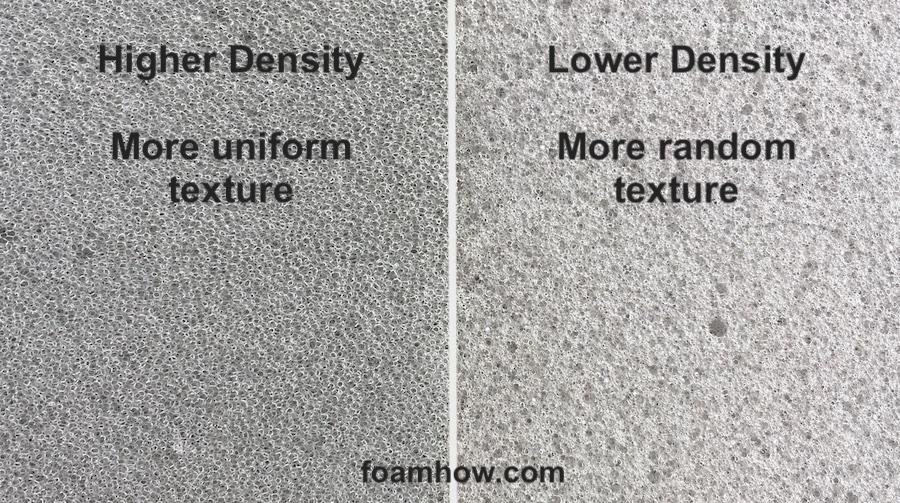

.PNG)
